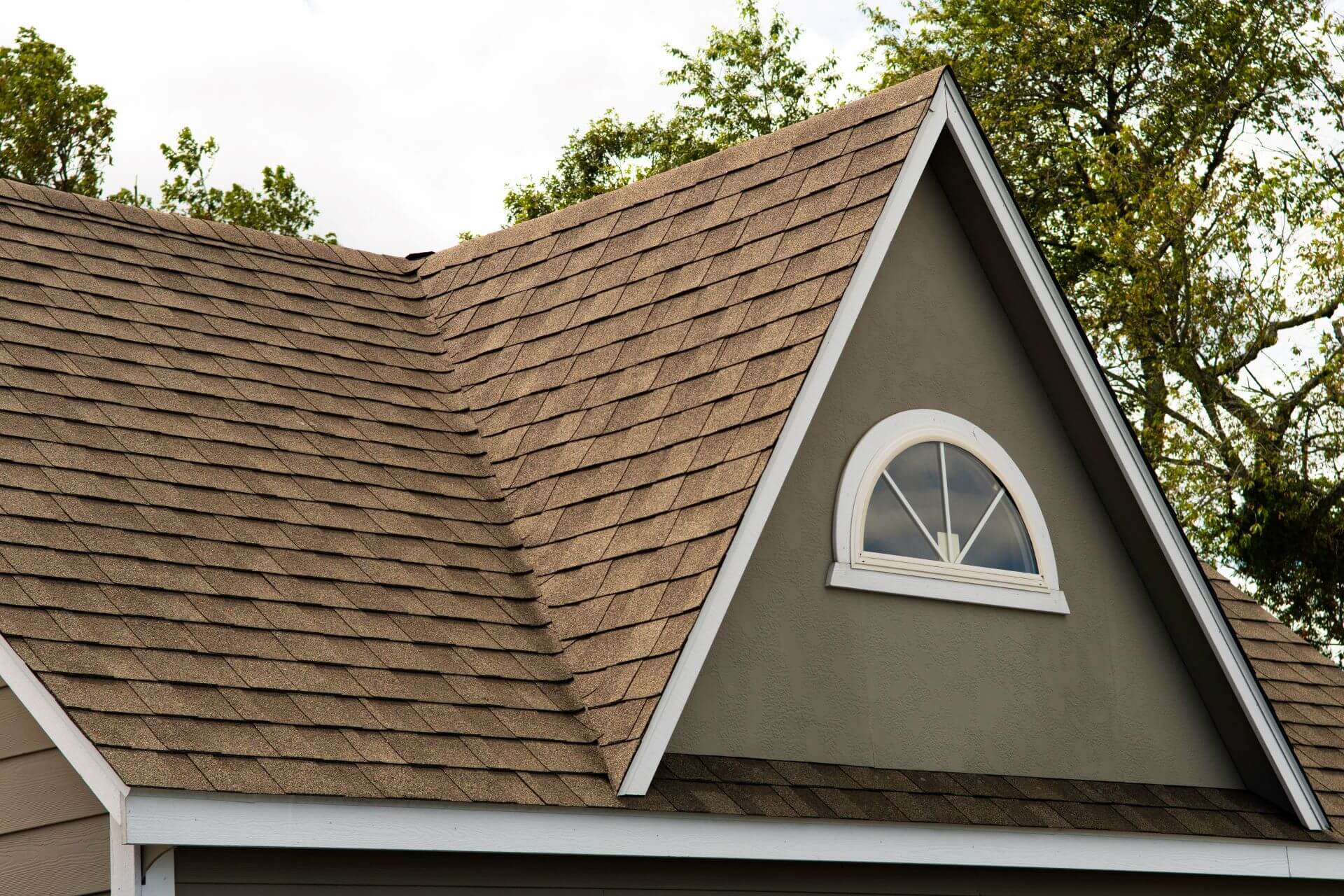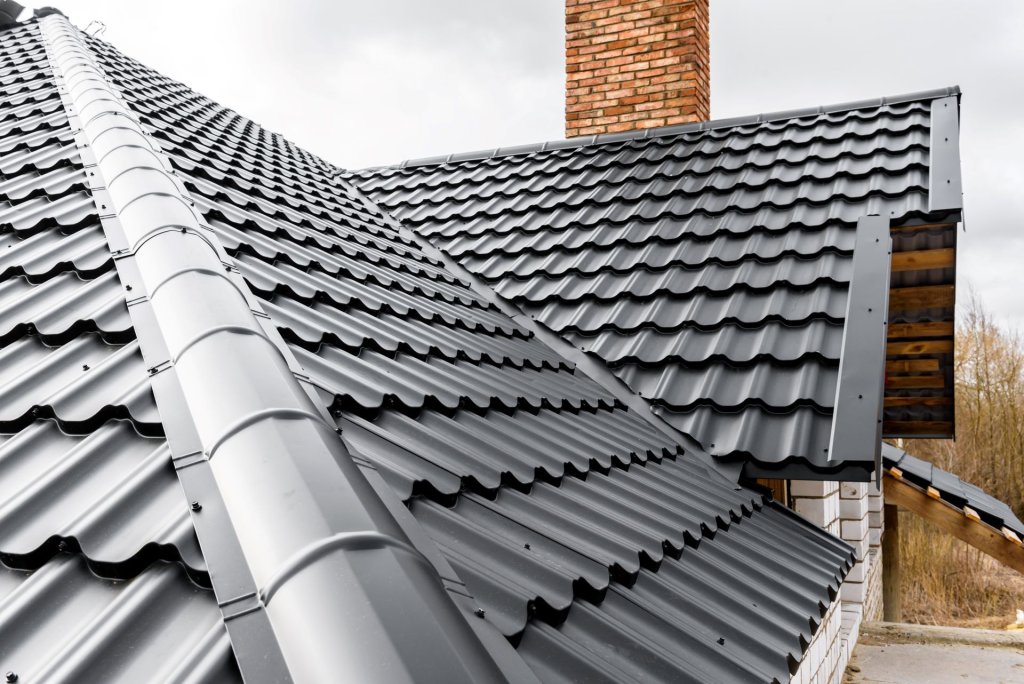The options might seem overwhelming when choosing roofing materials for homes or businesses, especially when considering the incorporation of cost-effective electric heating solutions within the structure. Roofing isn’t only an essential component for shelter but also plays a significant role in a building’s aesthetic appeal, energy efficiency, and durability. Integrating affordable electric heating systems, such as those under metal roofs, can significantly enhance a building’s warmth and comfort without compromising on style or longevity.
This article aims to provide a detailed comparison between these two to aid in making an informed decision. Read on to learn more.
What Is Metal Roofing?
While metal roofing is defined by its use of metals or metal alloys, inside the home, the focus shifts to aesthetics and practicality, much like adhering to optimal mantel placement guidelines to enhance a room’s ambiance and utility. These include aluminum, zinc, steel, and copper. Metal roofs come in various styles, such as standing seams, tiles, and shingles, making them adaptable to different architectural designs. Recently, services like Madison WI metal roofing have seen a surge in demand due to the recognized benefits of metal as a roofing material.
What Are Traditional Roofing Materials?
Having understood metal roofing, let’s delve into traditional roofing materials. They cover a wide range of products, including:
- Asphalt Shingles: These are the most common. These are made from a fiberglass base topped with asphalt and mineral granules, making them affordable and available in several colors.
- Wood Shakes: These are split from logs and provide a more rustic look. However, they require more maintenance than some other roofing materials.
- Clay And Concrete Tiles: Heavy but long-lasting, these tiles are common in regions with a Mediterranean climate. They’re fireproof and can last for several decades.
These are some popular traditional roofing materials that most people use for their residential and commercial buildings.
Comparative Analysis Between Metal And Traditional Roofing Materials
Understanding the basics of metal and traditional roofing materials, it’s time to conduct a comparative analysis between the two to help you determine which one is right for you. Some factors to consider when conducting a comparative analysis include:
Durability And Lifespan
One essential point of comparison between metal and traditional roofing materials is the durability and lifespan. For instance, one of metal roofing’s advantages is its longevity. When properly installed, they can last anywhere from 40 to 70 years, depending on the metal type. Moreover, they can resist corroding and cracking and can withstand extreme weather conditions.
On the other hand, conventional roofing materials like asphalt shingles last about 20 years on average. Also, wood shakes have a similar lifespan, but this can be reduced if they’re exposed to consistent moist conditions. Clay and concrete tiles can last upwards of 50 years, but they’re more prone to breaking.
Energy Efficiency And Insulation
When it comes to energy efficiency and insulation, metal roofs are capable of reflecting solar radiant heat, which can reduce energy costs by 10% to 25%. They can also be installed with insulation layers, further enhancing their energy efficiency.
In contrast, asphalt shingles absorb heat, which can make interiors warmer, leading to higher cooling costs in summer. Wood shakes have natural insulation properties, but they’re not as reflective as metal. Clay and concrete tiles also provide decent insulation but can become hot in direct sunlight.
Environmental Impact
Metal and traditional roofing materials can also be compared in terms of environmental impact. For instance, most metal roofs are 100% recyclable at the end of their life, reducing the environmental impact. By reducing the frequency of replacements, metal roofs not only save on resources but also contribute to lesser waste generation.
On the other hand, while asphalt shingles are recyclable, many end up in landfills. Wood shakes, if untreated, are biodegradable. However, treated wood can have a more considerable environmental impact. Clay and concrete tiles are environmentally friendly due to their long lifespan and natural materials.
Cost
Another factor to consider when comparing metal roofs and traditional materials is the cost, including the installation of renewable energy heaters for workshops and sheds. Although metal roofing has a higher upfront cost, its compatibility with solar heating solutions makes it a cost-effective choice in the long run, emphasizing its value in eco-friendly initiatives.
Meanwhile, asphalt shingles are usually more affordable upfront. However, considering their shorter lifespan and potential for increased maintenance or replacement costs, they might not be as cost-effective in the long run. Wood shakes and clay tiles are on the pricier end of traditional materials.
Aesthetic Variety

There’s also a difference between metal and traditional roofing material in terms of aesthetic variety. With advancements in technology, metal roofs now come in numerous styles and colors, mimicking other materials, like wood, slate, or tiles, to provide both modern and conventional looks.
On the other hand, each traditional roofing material, be it wood, asphalt, or clay, offers its unique aesthetic. They’ve been used for centuries, lending authenticity to various architectural styles.
Maintenance
In terms of maintenance, metal roofs differ from traditional materials. For example, metal roofing requires minimal maintenance. Occasional inspections and cleaning are generally enough to keep them in good shape.
However, asphalt might need more maintenance and frequent replacements. Wood requires regular treatments to prevent rot and insect damage. Clay tiles can break and might need occasional replacements.
Weather Resistance
When it comes to weather resistance, metal and traditional roofing materials can differ. While traditional materials can withstand various weather conditions, they might falter against extreme events. For instance, asphalt might get damaged under severe hail, and wood is susceptible to moisture-related issues.
However, metal roofs stand out for their exceptional weather resistance. Be it heavy rains, hailstorms, or high winds, they can endure the challenge while providing optimal protection.
The Role Of Professionals In Choosing Between Metal And Traditional Roofing
The process of choosing the right roofing material for a home or commercial establishment can be daunting. While people might have a general idea of what they want, the intricate details of roofing materials and their implications can be complex. This is where the role of roofing professionals, with their vast experience and expertise, becomes invaluable. This is where roofing professionals, with their vast experience and expertise, step in. Their guidance can be pivotal in making an informed choice between a metal roof and traditional roofing material.
Typically, experts offer a holistic assessment of your needs, from the design and location of your structure to your budget. With their hands-on experience, they understand how different materials fare under various conditions. They can guide on aspects such as longevity, maintenance needs, energy efficiency, and compliance with local codes.”
Lastly, they can offer real-life examples of homes or establishments with similar roofing materials, allowing clients to gauge how it might look or perform over the years.
Conclusion
While traditional materials have their merits like initial affordability and a classic aesthetic, metal roofing combines durability, efficiency, and long-term savings. Therefore, as with any significant investment, it’s essential to keep the information mentioned above in mind before making a final decision.

